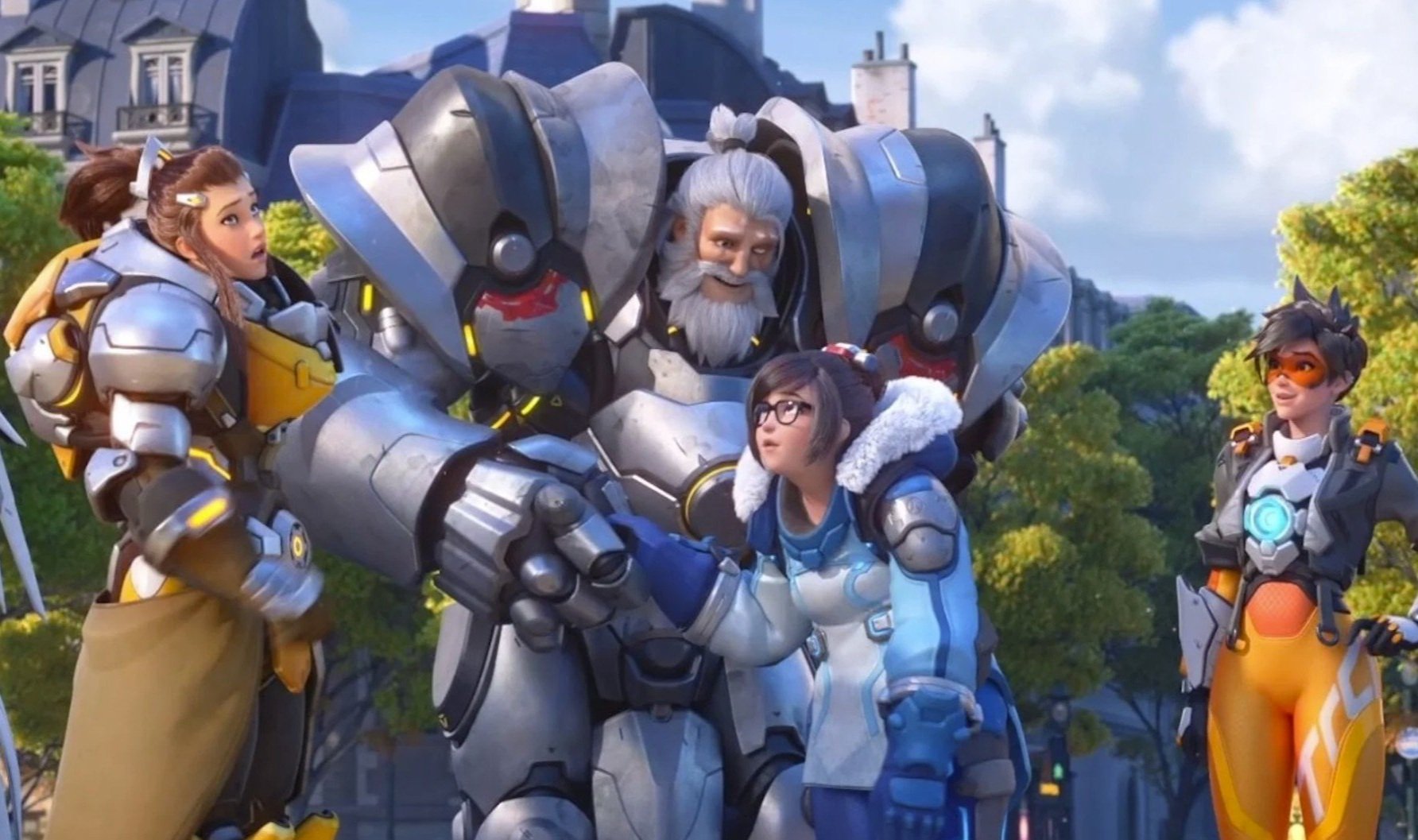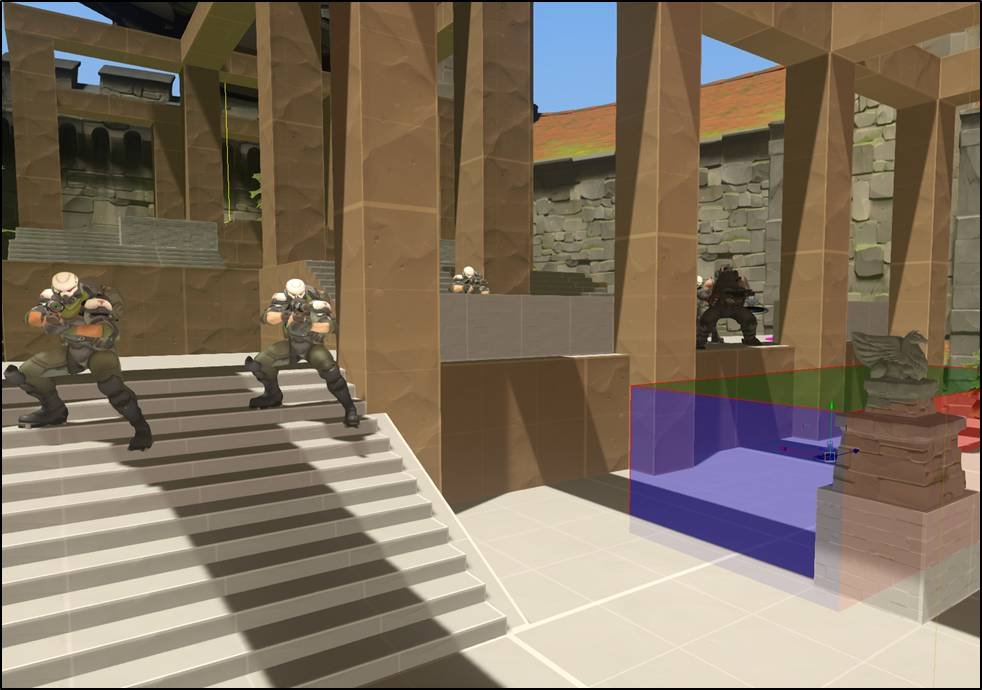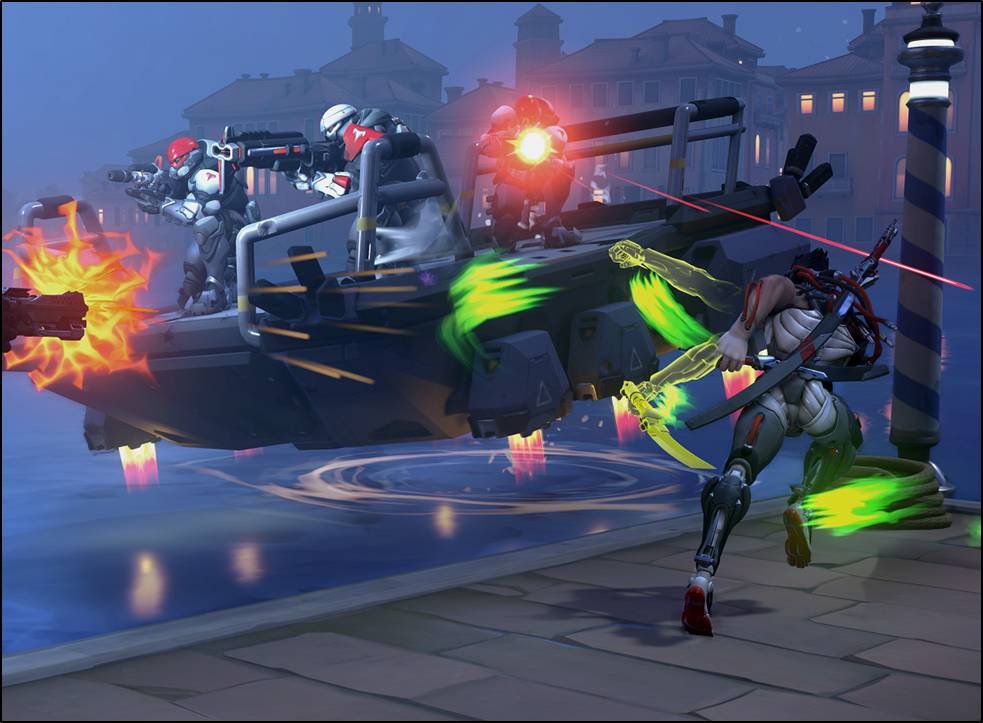
Overwatch 2
Working with the wonderful folks at Blizzard as the lead mission designer on Overwatch 2 was one of the highlights of my career. While the franchise’s cooperative, PvE ambitions have since been scaled back, it was at one point positioned to be a hobby game of massive scale, similar in some ways to Destiny or Warframe.
A subset of features that were under development:
Expansive campaign with 9 story missions, each with stage-setting intro and outro cutscenes
Missions included unique mechanics never before seen in Overwatch, and even a few boss fights
Highly replayable Hero Mode with dozens of bespoke Hero Missions designed with replayability in mind, allowing for different strategies with different heroes
Deep progression system with multiple unique ‘WoW Style’ talent trees for every hero
New enemy AI factions and advanced behaviors
Some really cool cooperative end-game content
The first three campaign missions and one of our Hero Missions saw release in the 2023 Invasion event.
Setting the Team up for Success

As a lead, my first responsibility was ensuring the talented developers on the Mission Team were set up for success by:
- Creating a Transparent Pipeline
- First person shooter campaigns are one of the most labor intensive things a game studio can make, and that means lots of folks from different disciplines working in parallel. To keep everyone on the same page and to give our mission designers consistently understandable goals, I created a pipeline with a series of detailed milestones. Every milestone - whether it was greybox, first playable, etc. - had a set of requirements a piece of content required to meet it. Every director on the team also bought into this pipeline and understood which milestones they’d be brought in for oversight, which meant fewer surprises for all involved.
- Fostering Growth
- We had weekly meetings of the Mission Team where we discussed core principles and philosophies of encounter and level design. Sometimes I’d give a presentation and we’d talk about it afterwards, sometimes we’d play a level together on screen share and talk about what the player is thinking/feeling and why. I also spent 1 - 3 hours a week (depending on seniority) with each designer on the team individually to talk through how they were feeling, career goals, and the state of their content. We’d play through their missions together, pausing frequently not only for feedback but for learning opportunities.
Initial Challenges and Evolving Encounter Design
Challenges
As Overwatch’s Mission Team came together, some of the PvE content had already been in on-again, off-again development for a few years as the core team juggled maintaining the live game with developing new content. There were a few issues we identified that we wanted to fix:
A lack of identifiable combat “fronts”
Level design didn’t suggest encounter bounds to players or good places to stand for cover
AI spawned everywhere, so no vantage points to take in the entirety of an encounter
More AI (and more types of AI) on the screen than players could mentally track
AI in were not organized into squads and we’d end up with random mixes of AI types standing together
Encounters / AI did not take advantage of or feel contextual to level design
AI in Overwatch 1 were essentially free agents that went where they wanted. We could assign them to defend an area in a volume, but this was a static assignment and prevented them from reacting to player actions or state changes, so this was used lightly.
AI spawned quickly and individually, without much fanfare. Because the player wasn’t noticing the AI arrive, it often felt the “bucket” of AI was constantly refilling all around them, leading to a lack of pacing and feeling of progress as one attempted to clear an encounter.

Solution 1: Establishing Design Best Practices and Holding Ourselves Accountable
- Creating New Cross-Team Metrics
- Overwatch heroes were created to fight other heroes, and we found they felt better fighting fewer, more powerful AI to more closely mirror the PvP dynamic. This aligned well with our feeling that there were too many AI on the screen in general, and we worked with the ecology team to create new metrics for how many AI should constitute an easy, medium, or hard encounter. If we ever felt these metrics weren’t living up to expectations, mission designers didn’t take matters into their own hands and goose the numbers. Instead, we gave that feedback to the ecology team who made tweaks in response. It was a wonderfully balanced relationship.
- Introducing Criteria for Grading Our Encounters
- Any time I played an encounter, I would ask myself (or the owning designer) a series of questions. Over time, these questions became second nature to the team and they started asking themselves, too:
- What design elements are leading me to engage with this encounter?
- What’s my angle of approach to this encounter, and how is that impacting its framing for the player?
- What are my options for targets in this encounter, and how are they acting on me differently?
- What are my flow options in this encounter, and why are they interesting? Is there high ground I can take? Are there pieces of cover encouraging me to dash between them and get closer to the enemy?
- What/where am I pushing towards, and who is pushing back on me? What does the AI care about here?
Solution 2: Creating New Encounter Tools
Our two options for AI behavior (allow them to roam totally free or constrain them to a single volume) were incompatible with our goals of AI that moved as readable, cohesive groups that took advantage of level design for cover and flanking.
I designed a set of encounter tools that would group AI into squads, and then assign those squads a list of stateful priorities they could care about while still doing their best to stay in effective combat range of players. Once the design was complete, I shopped it around the team extensively for feedback before partnering with engineers to build them out. Finally, I created a few “exemplar” encounters the team could reference for what was possible and started introducing mission designers to the new tools.
For a run-through of how these tools worked, see the second half of the video below.

Solution 3: Contextual Spawn Theater
- Spawn Theater is the name we assigned to a family of new performance assets that could deliver AI to the battlefield. They could be as small as the smoke bomb for a single Talon AI, or a large dropship bringing a full encounter. It had a few goals:
- Provide a non-arbitrary narrative context for where spawns are coming from
- Strengthen sense that our combat is 'real' because our enemies spring from a believable source
- Strengthen the connection between AI spawns and level design
- Give players advanced warning when establishing new combat fronts
- Reduce sense of "backspawning"
Below is a recap of a talk I gave to the Overwatch mission team on encounter composition and our (then) new encounter tools.
